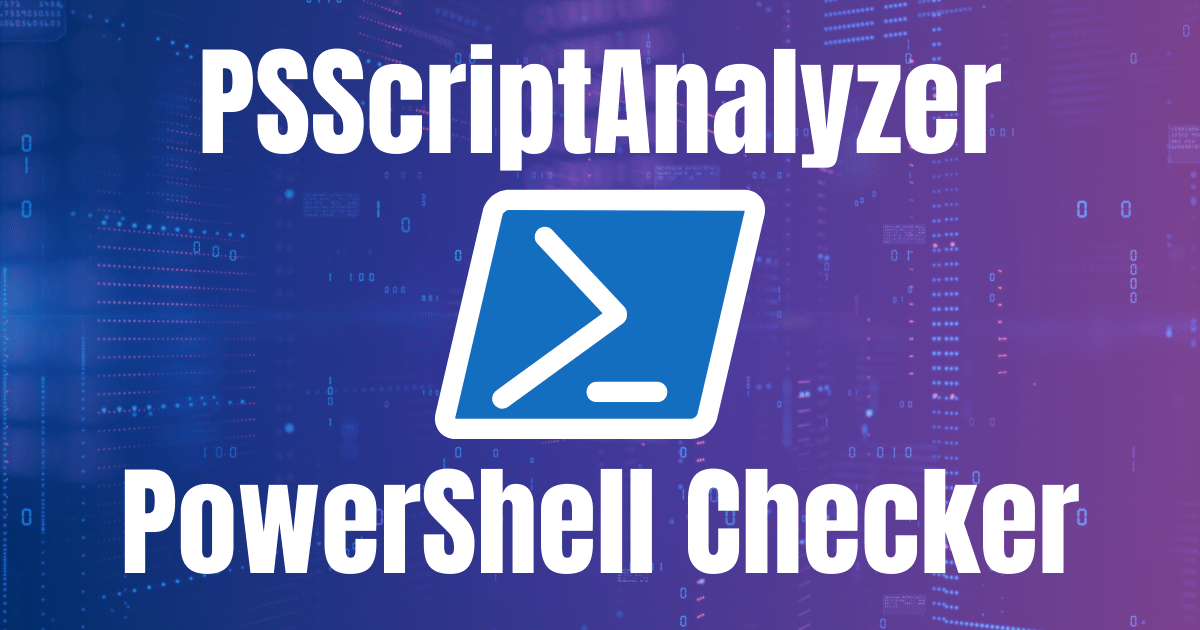In our Powershell series for performing day to day administrative tasks we want to move on to a task that many admins may need to perform as an information gathering tool in troubleshooting, etc. That task is finding what network drives a remote computer is connected to. It is so not cool to have to remote into a computer and then open up “Computer” to see which network drives they are connected to. Despite being cumbersome and time consuming, it is just not very efficient.
As most admins already know, Powershell is the way of the future with Microsoft scripting. So, how can we gather this information by utilizing Powershell? Well, by using a Powershell to empower WMI to gather the information, we can quickly and easily get the listing of network drives that the remote computer has mapped.
Get Remote Mapped Drives
Get-WmiObject [-Class] <String> [[-Property] <String[]>] [-Amended [<SwitchParameter>]] [-AsJob
[<SwitchParameter>]] [-Authentication <AuthenticationLevel>] [-Authority <String>] [-ComputerName <String[]>]
[-Credential <PSCredential>] [-DirectRead [<SwitchParameter>]] [-EnableAllPrivileges [<SwitchParameter>]] [-Filter
<String>] [-Impersonation <ImpersonationLevel>] [-Locale <String>] [-Namespace <String>] [-ThrottleLimit <Int32>]
[<CommonParameters>]
Final Thoughts
The very useful output that the command gives you is the drive letter as well as the servername and sharename that the remote workstation is connected to.
Google is updating how articles are shown. Don’t miss our leading home lab and tech content, written by humans, by setting Virtualization Howto as a preferred source.





Can %computername% reference a device that’s not on a local network? We use MS 365, and our domain devices are distributed all over the country.